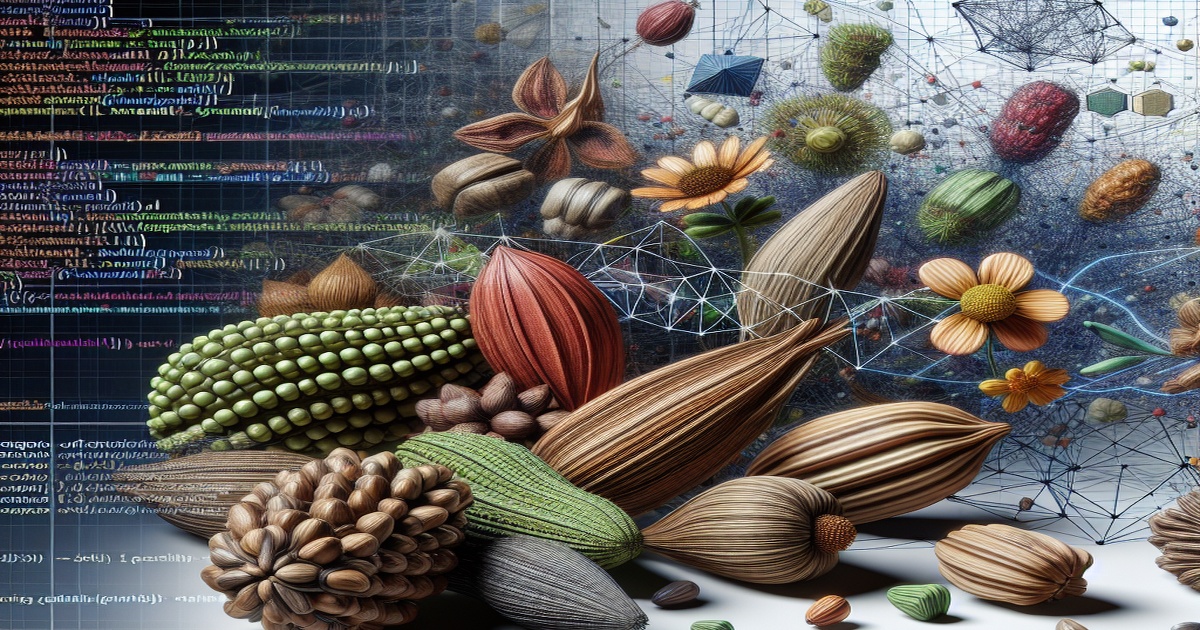Chinese researchers developed a deep learning model to improve invasive plant seed identification, supporting quarantine, agriculture, and ecological protection.
Invasive species pose a global threat, and China intercepts hundreds annually. Accurate seed identification is crucial.
Traditional methods are time-consuming. A team developed automated seed identification using deep learning. Their initial model achieved high accuracy.
Building on this, they released a more powerful model, achieving 99.10% accuracy, even for similar-looking seeds.
The new model uses hierarchical bilinear pooling and an expanded dataset. It provides a practical tool for rapid identification.
The team aims to develop 3D image recognition systems. This AI-driven approach strengthens biosecurity and supports broader use in various sectors.







5 Comments
Africa
What are the computational requirements? Is this model power-hungry and environmentally unsustainable?
Mariposa
How does this integrate with existing quarantine and agricultural practices? Is it seamless, or is it disruptive?
Muchacha
Is there potential for the model to be misled by contaminants on the seeds themselves?
Bella Ciao
While this is a good start, are they addressing genetic diversity of the plants? If not, this poses risks if this is the only identification method.
Habibi
This is great news for biosecurity! Hope it spreads fast around the globe and in agriculture.